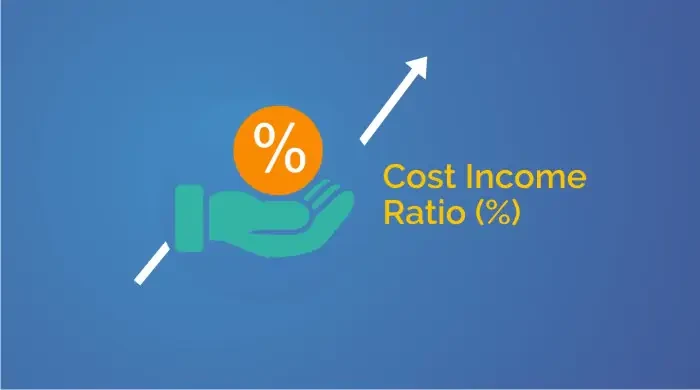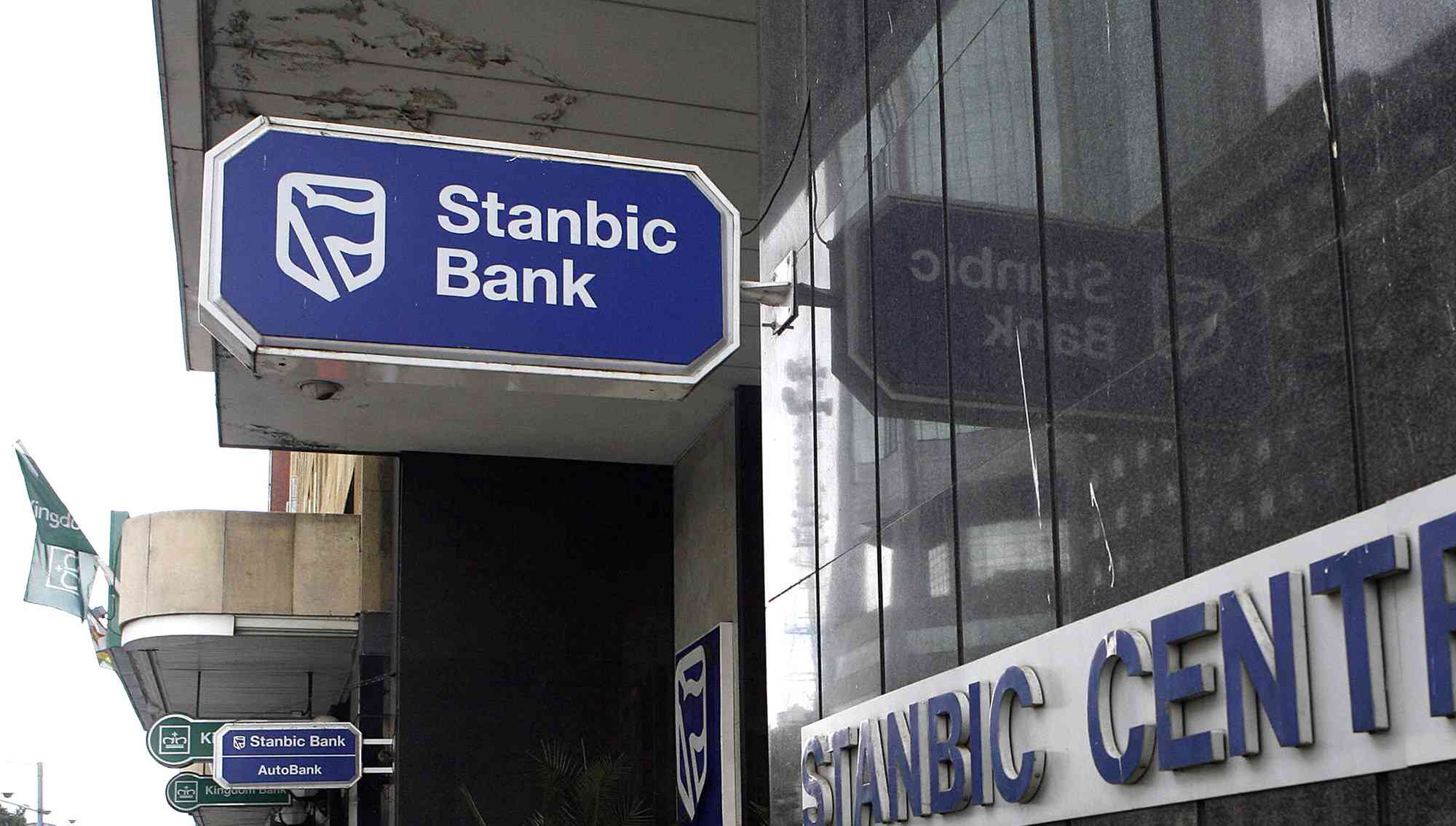
THE cost-to-income ratio, which compares a bank’s operating income to the cost of maintaining operations, has remained high for the local banking sector in comparison to peers in the region over a 10-year period, a sector survey revealed this week.
Higher ratios suggest that a bank’s operating costs are out of control, while lower ratios indicate that a bank is functioning more profitably.
“Cost-to-income ratio has improved from a peak of 96,6% in 2013 to 71,6% in CY21 (calendar year 2021), remaining flat year-on-year to the 72% cost-to-income ratio recorded in CY20,” Inter Horizon Securities (IH) said in its annual banking sector report released on Wednesday.
“Accelerated depreciation of the local currency in the first half of 2022 has resulted in some understatement of the cost-to-income ratio in individual banks emanating from significant revaluation income lines. Overall, the cost-to-income ratio for the local banking sector has remained high relative to peers in the region over a 10-year period.”
The report stated that net rental occupancy expenses decreased from 4% to 2,7% year over year, with the distribution of expenses remaining almost the same between CY20 and CY21.
According to the report, staff expenditures have continued to be the main cause of sector spending, with a larger ratio of personnel costs-to-income than in comparable area industries.
“Between 2017 and 2021, banking institutions reduced headcount by 850 members, of which 312 staff members were retrenched in 2021. Notably, some of the impact of decreases in staffing going into cost containment has been offset by information technology infrastructure costs,” IH said.
According to consolidated Reserve Bank of Zimbabwe data, the sector’s wage bill in the dollarisation era averaged US$261,72 million per year, the research firm said.
- ‘Inflation could shoot to 700% by April next year’
- New perspectives: Inflation control critical for economic growth
- Inflation spike: Why interest rates aren’t the answer
- Village Rhapsody: Govt must ensure that devolution works
Keep Reading
However, since the introduction of the multi-currency system, wages have exclusively shifted in favour of the local currency.
“To counter erosion of value due to hyperinflation, frequent petitions via collective bargaining agreements have been the norm in the sector. As of yet, banks are still to agree to partial payment of salaries in hard currency suggesting a lag in costs versus a dollarising top line,” IH said.
With the economy continuing to be dominated by the dollar, analysts predicted that “wages will inevitably catch up in real terms putting pressure on the cost-to-income ratio” in the future.
The survey also pointed out that the cost base for the banking industry in Zimbabwe has been declining over time as a result of conscious efforts to create leaner structures, a shift to digitised services, and income diversification.
According to the report, the sector’s operating environment remained difficult due to a resurgence of inflationary pressures brought about by changes in the local currency and COVID-19 restrictions.
Despite these obstacles, sector profits increased 74% year-on-year to $59,59 billion from January through to December 2021, outpacing headline inflation of 60,82%.










